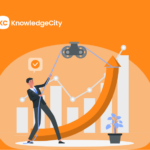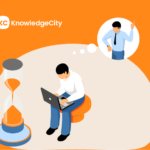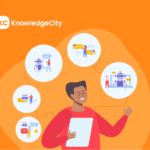Understanding the true feelings of your employees is one of the biggest challenges HR and L&D teams face today. When organizations know how their workforce feels, they can take focused steps that help people feel valued, motivated, and engaged.
Traditional surveys and occasional feedback offer only brief snapshots, often missing the subtle, day-to-day emotions that shape the employee experience. Advanced AI-driven analysis offers a better approach, providing continuous insights while respecting employee privacy.
This blog shows how AI can help you understand employee sentiment more clearly and use that understanding to improve the workplace.
1. Collect Diverse and Meaningful Feedback
The first step in truly understanding employee sentiment is gathering the right kind of data. Relying solely on standard surveys or rating scales gives a limited perspective.
What to do:
Combine closed-ended questions (such as satisfaction ratings) with open-ended questions that allow employees to explain their feelings in their own words.
Use multiple channels to collect feedback regularly, including:
This combination ensures you capture both quantitative data (what employees feel) and qualitative context (why they feel it).
Establishing this foundation of rich data is essential before moving on to deeper analysis.
2. Segment Feedback to Reveal Specific Insights
Since employee sentiment is rarely uniform across an organization, simply collecting data isn’t enough. Different teams, roles, or locations may experience workplace culture very differently. Without segmentation, important issues get lost in averages.
Focus on segmenting by:
Segmenting feedback allows you to pinpoint challenges and strengths at a granular level. For example, new hires might have concerns about onboarding, while tenured employees may feel differently about leadership changes. This careful breakdown sets the stage for a deeper interpretation of the feedback.
Beyond segmentation, it’s crucial to consider the subtle, everyday interactions, known as “micro-moments,” that shape employee experiences over time. These small, often overlooked moments, such as how quickly IT support responds or how promptly feedback is acknowledged, accumulate to influence engagement and retention.
AI-powered analysis can detect these patterns across tools and interactions, revealing insights that traditional surveys miss. To explore this further, see our guide on How HR and L&D Teams Can Use AI to Decode Micro-Moments in the Employee Journey.
3. Use AI to Decode Complex Language and Hidden Nuances
Open-ended feedback holds the richest insights but can be overwhelming to analyze manually. Employees often express mixed feelings, subtle concerns, or complex topics that are easy to miss.
AI-powered language analysis helps by:
This deep, nuanced understanding helps you go beyond surface-level numbers to grasp what truly matters to your workforce. Building on segmentation, AI reveals the detailed stories behind the numbers.
To gain hands-on knowledge about applying AI in HR, including automating processes and ethical considerations, explore our Artificial Intelligence and Human Resources course. This course offers actionable insights that complement the AI techniques discussed here.
4. Monitor Sentiment Trends Over Time for Early Detection
Employee sentiment fluctuates with events, policies, leadership changes, and external factors. One-time feedback snapshots can miss these shifts.
AI enables continuous monitoring by:
Continuous trend analysis transforms sentiment data into a dynamic, forward-looking tool. With ongoing monitoring, you can respond in real time rather than react after problems escalate.
To build on continuous sentiment monitoring, consider our Implementing AI Sentiment Analysis course. This course guides you through selecting the right tools, training models, and integrating AI into your existing systems while ensuring effective, ethical, and scalable sentiment analysis in your organization.
5. Integrate Multiple Data Sources for a Complete Picture
To get a complete understanding of employee experience, combine sentiment analysis with additional data sources.
Consider integrating:
Cross-referencing these diverse inputs provides context and helps validate findings, ensuring you address root causes rather than symptoms.
This holistic approach complements AI-driven sentiment insights, grounding them in broader organizational realities.
6. Uphold Transparency and Ethical Data Practices
For employees to share honest feedback, trust in data handling and privacy protections is essential.
Best practices include:
This transparency promotes a culture of openness and encourages continuous participation. Trust is the foundation that makes all feedback efforts meaningful and sustainable.
7. Translate Insights into Targeted, Measurable Actions
Insights mean little if they don’t lead to change. Use AI-driven analysis to identify priorities and guide evidence-based interventions.
Examples of effective follow-up include:
Set measurable goals like improved engagement scores, reduced turnover, or increased participation. Communicate progress regularly to maintain employee trust and momentum. Action closes the loop, turning understanding into impact.
8. Build Organizational Capability to Interpret and Act on AI Insights
Interpreting advanced sentiment data and translating it into strategy requires new skills and collaboration.
Invest in:
- Creating roles or teams dedicated to turning insights into practical programs
- Encouraging cross-functional partnerships between HR, IT, and leadership for ongoing refinement
This capability empowers your organization to use sentiment insights as a strategic asset, driving culture and performance improvements. Sustainable success depends on embedding these capabilities into your organizational DNA.
To fully harness AI’s potential, consider our Improving Generative AI Prompting course. It teaches advanced techniques to refine AI prompts, optimize outputs for specific tasks, and balance creativity with control, helping your teams generate accurate, relevant, and impactful AI-driven content.
How KnowledgeCity Supports HR and L&D in Using AI Effectively
AI has the potential to transform how HR and L&D leaders understand employee sentiment, moving from limited snapshots to continuous, rich, and nuanced insights. By collecting diverse feedback, segmenting thoughtfully, applying advanced language analysis, and integrating multiple data sources, organizations can reveal the true voice of their workforce.
KnowledgeCity supports HR and L&D professionals by providing practical, hands-on training designed to develop these essential skills across their teams. Our courses equip teams with the skills to interpret AI-driven insights, implement ethical data practices, and translate sentiment analysis into targeted actions that improve engagement and performance.
With KnowledgeCity’s expert guidance, your organization can build a culture where employees feel truly heard, supported, and motivated, fueling stronger loyalty and sustainable growth.
Subscribe to Our Newsletter
Join 80,000+ Fellow HR Professionals. Get expert recruiting and training tips straight
to your inbox, and become a better HR manager.

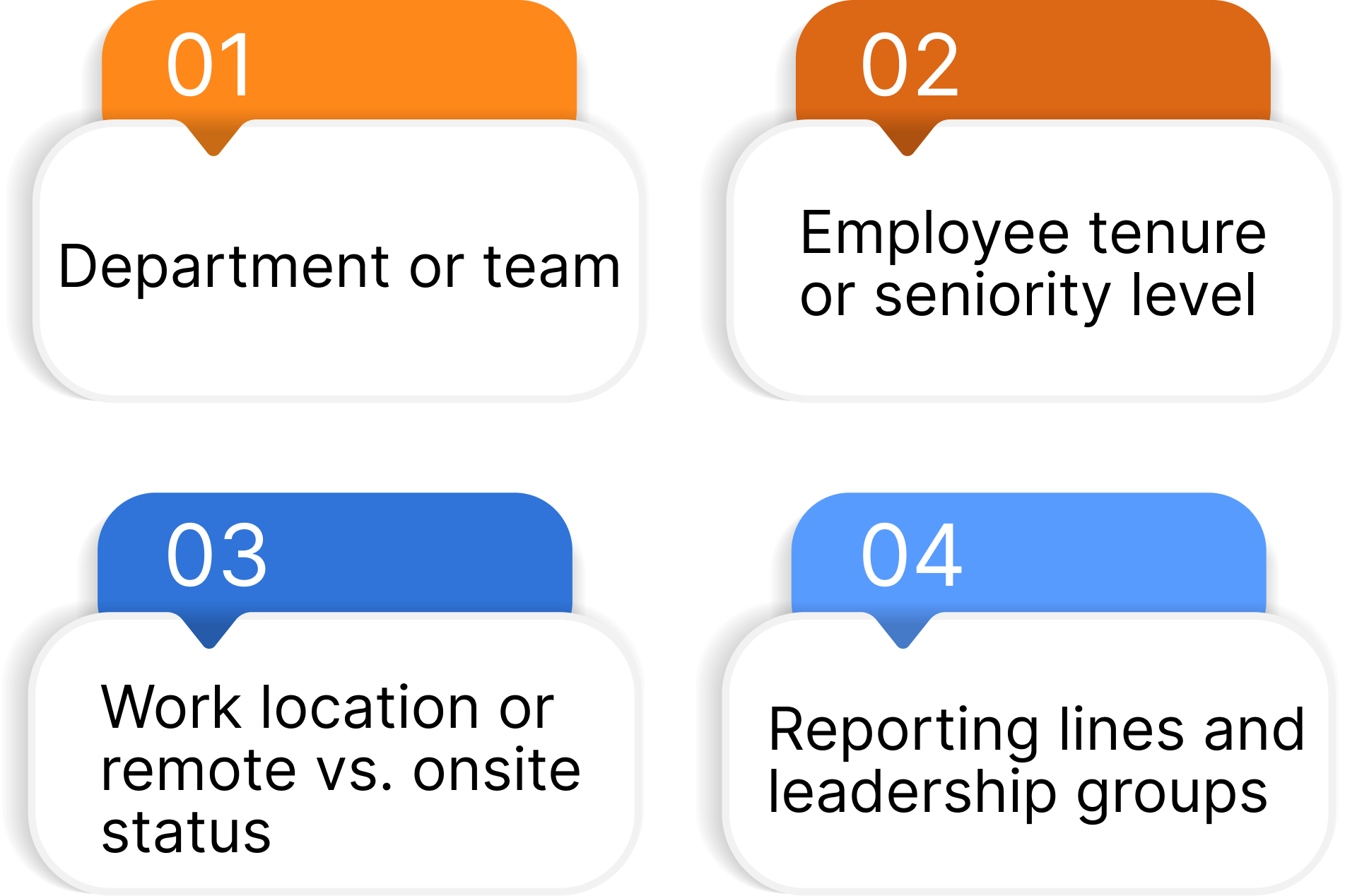
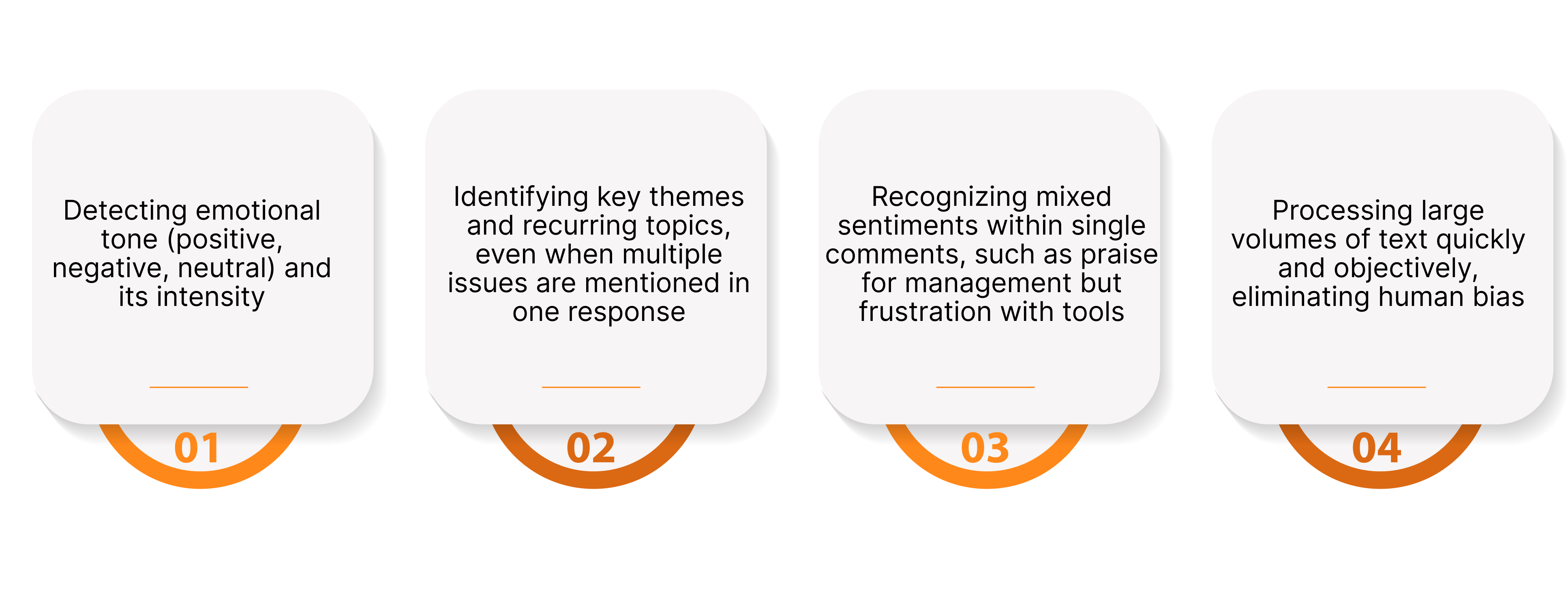
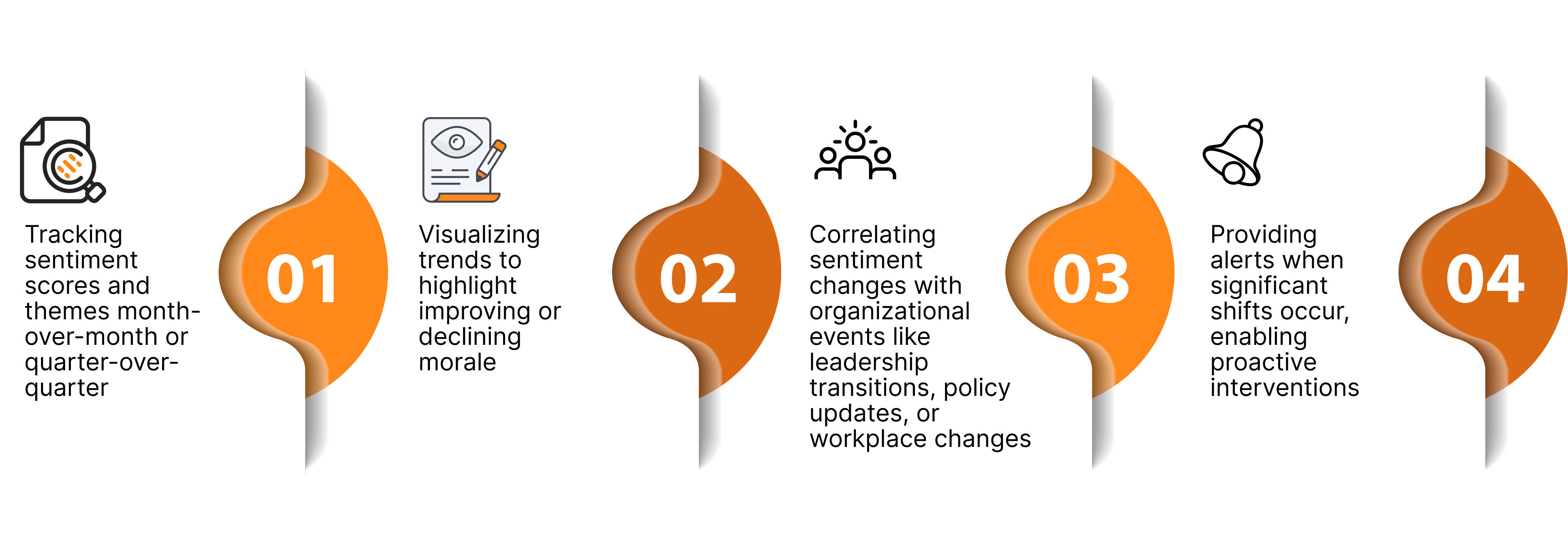

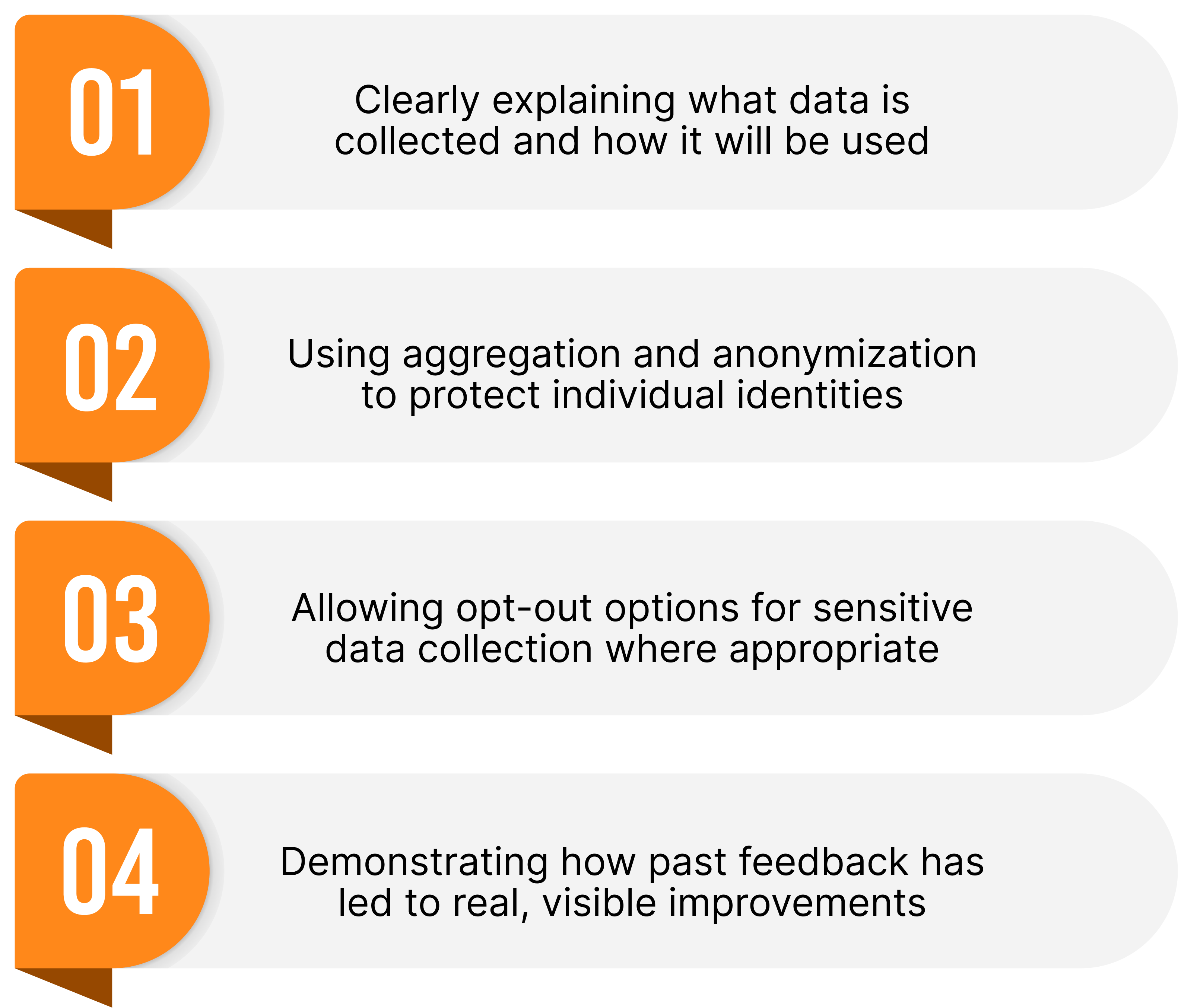
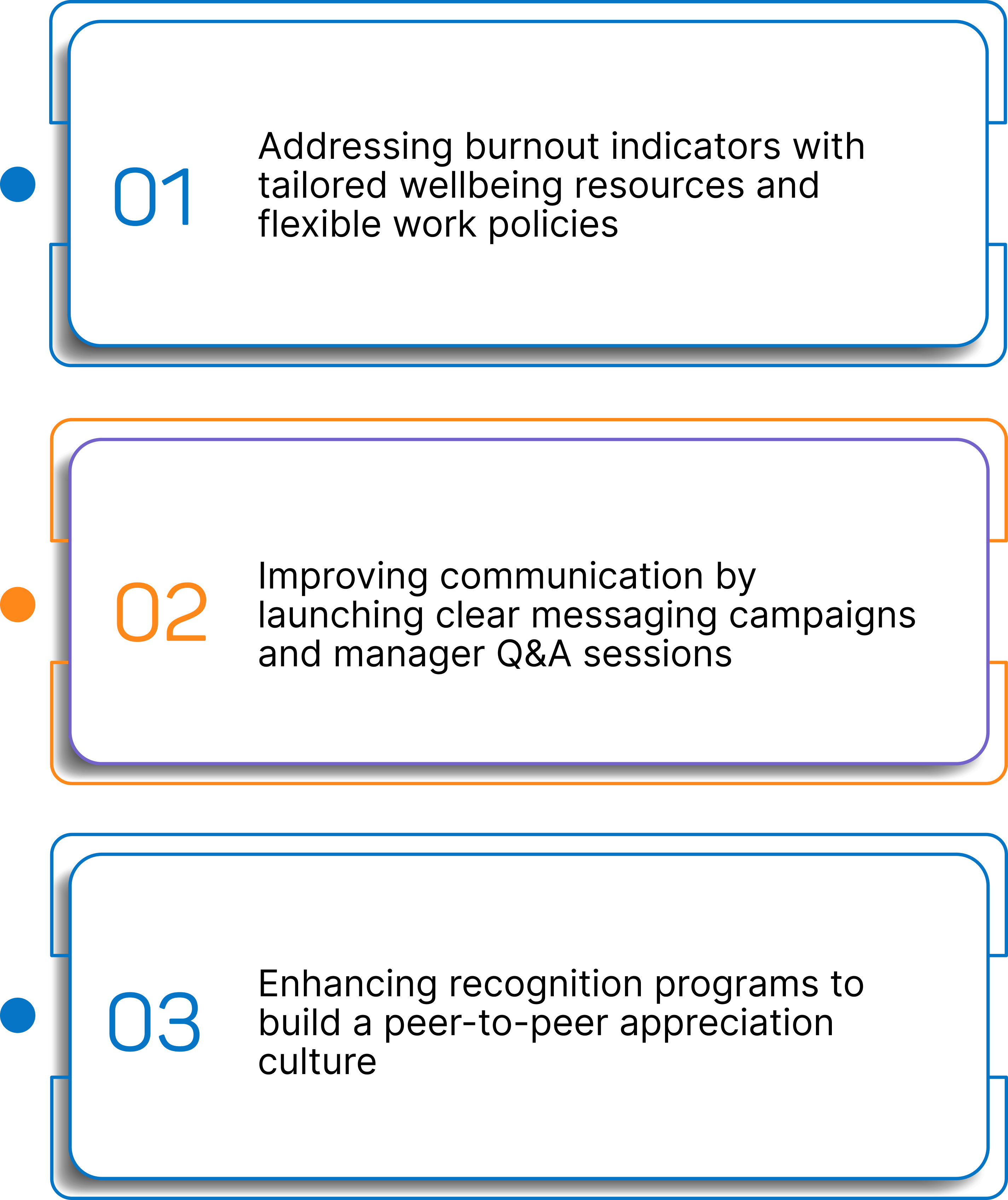

 KnowledgeCity
KnowledgeCity 